The secret genius of Inbox is the feeling of action
This article may contain personal views and opinion from the author.
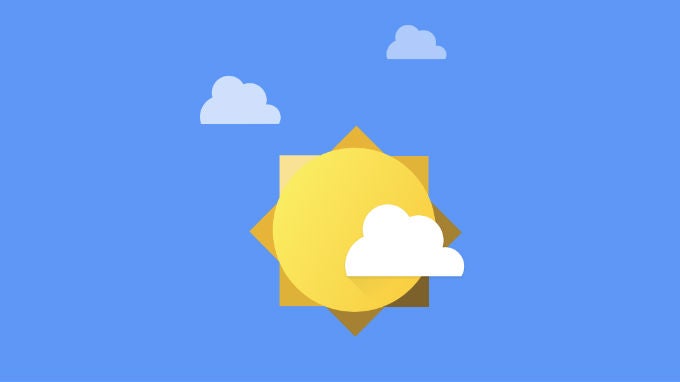
Although, even that isn't quite accurate. The "snooze" feature allows you to basically have a message disappear from your inbox, and bounce back to you as a new message after a certain period, at a specific time, or when you reach a specific location. This is a new feature in terms of what you would get directly from Google, but it could have been found in the Gmail app Mailbox, or with Boomerang, a Gmail extension. So, it's not completely a new feature, but likely new for most users. The interesting thing is that the rest of Inbox is exactly the same as Gmail, when you get right down to it.
The space to work
When I say that aside from "snooze", Inbox is exactly the same as Gmail, I mean just that. Not counting "snooze", here are the differences between Inbox and Gmail:
- Design
- Nomenclature
End of list. Sure, those are two relatively broad categories, but even once you dive in, there are no new features added by renaming things, and only a couple of new features added with the design.
The Gmail layout is a list of messages, and it is surrounded by more lists - a very utilitarian design. But, Inbox opens up your email, both figuratively and literally. The design has more white space, almost like board with do-to items on it. The white space acts like a reminder that these are just tasks, and you can find your way through, one message at a time, to the sunshine on the other end. And, each email is also more open, with easier access to important content, like attachments, or actionable information.
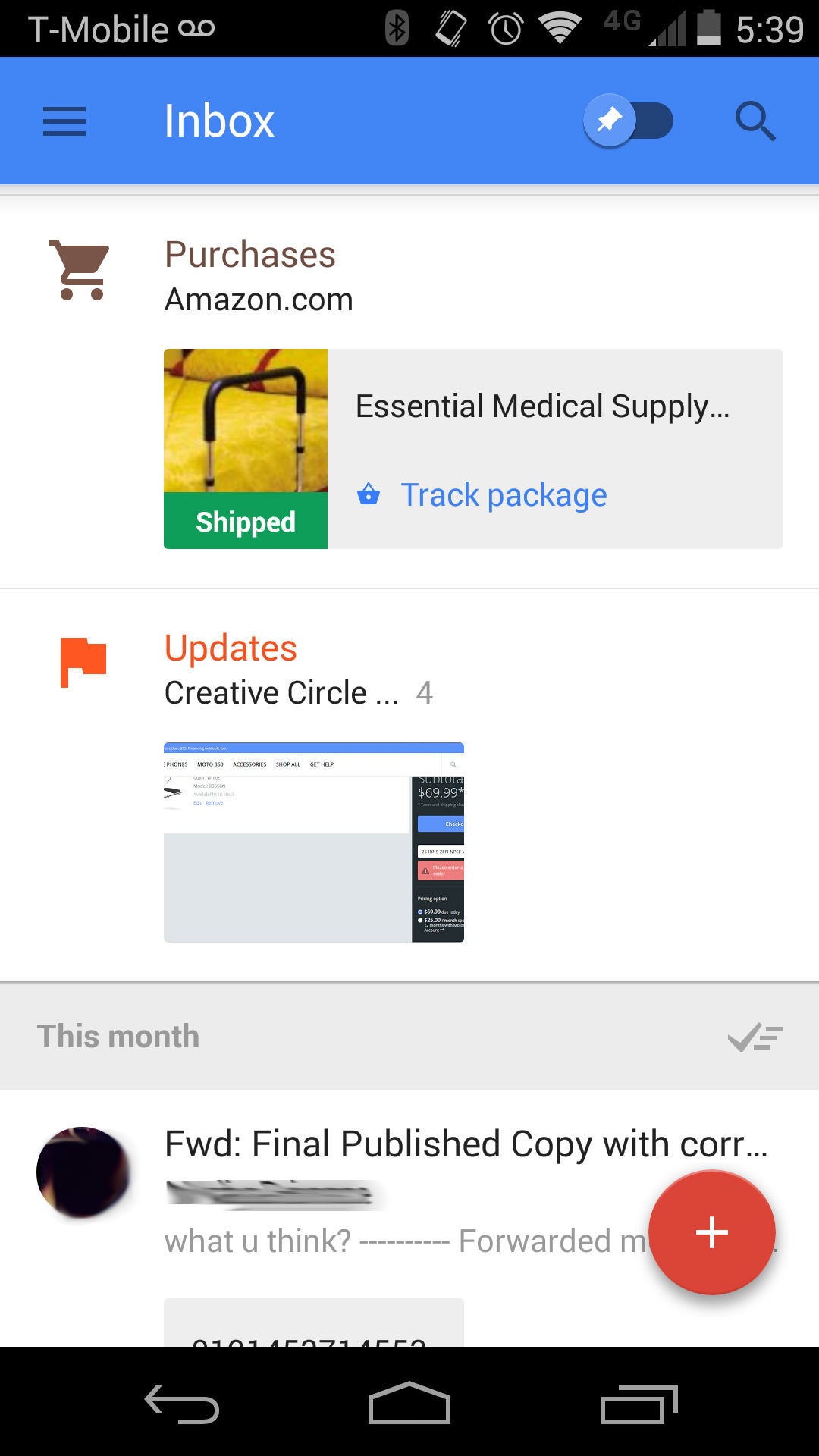
This last change alone has been enough to alter my usage quite drastically, because even these subtle changes are all designed to spur more action; or, at least, they make you feel like you are taking more action. Unless I needed to dive deep into my message history, I was never one to use Gmail search all that often. I have about forty tags in my Gmail that would filter my messages as they hit my inbox; so, once I was done with something, I just hit the archive button in Gmail, and the message was filed away where I could easily find it. This meant that if I knew what I needed was relatively new, I'd just go into that tag and get the info that I needed.
Now with Inbox, those filters are still in place, but I never think about them, because I'm never reminded that they're there. New messages are still automatically tagged, but there are no tags shown in your inbox or even in the message itself. The only way you know it has been tagged is to go into that label; but, I don't go into the label folders anymore. My labels are hidden away in hamburger menu, and are far enough of a scroll down (past the Inbox, Drafts, Sent, Trash, Bundles, etc) that it just feels easier to search. Of course, that's what Google always thinks is the best for users; and with Inbox, it has found the way to push me to do just that.
Sounds like action
Possibly the bigger change-that-isn't-really-a-change is with how features are named in Inbox. This is the secret genius of the app: Done, Pin, and Bundles are not new features at all. The first two features are simply Archive and Star, renamed, and Bundles is a new name for message categories. That's it. But, the difference those simple changes make is quite astounding, because the change in nomenclature changes how the app feels and how you feel about it, because it both makes it clearer what will happen, and why you should be using those options. Everything becomes more actionable.
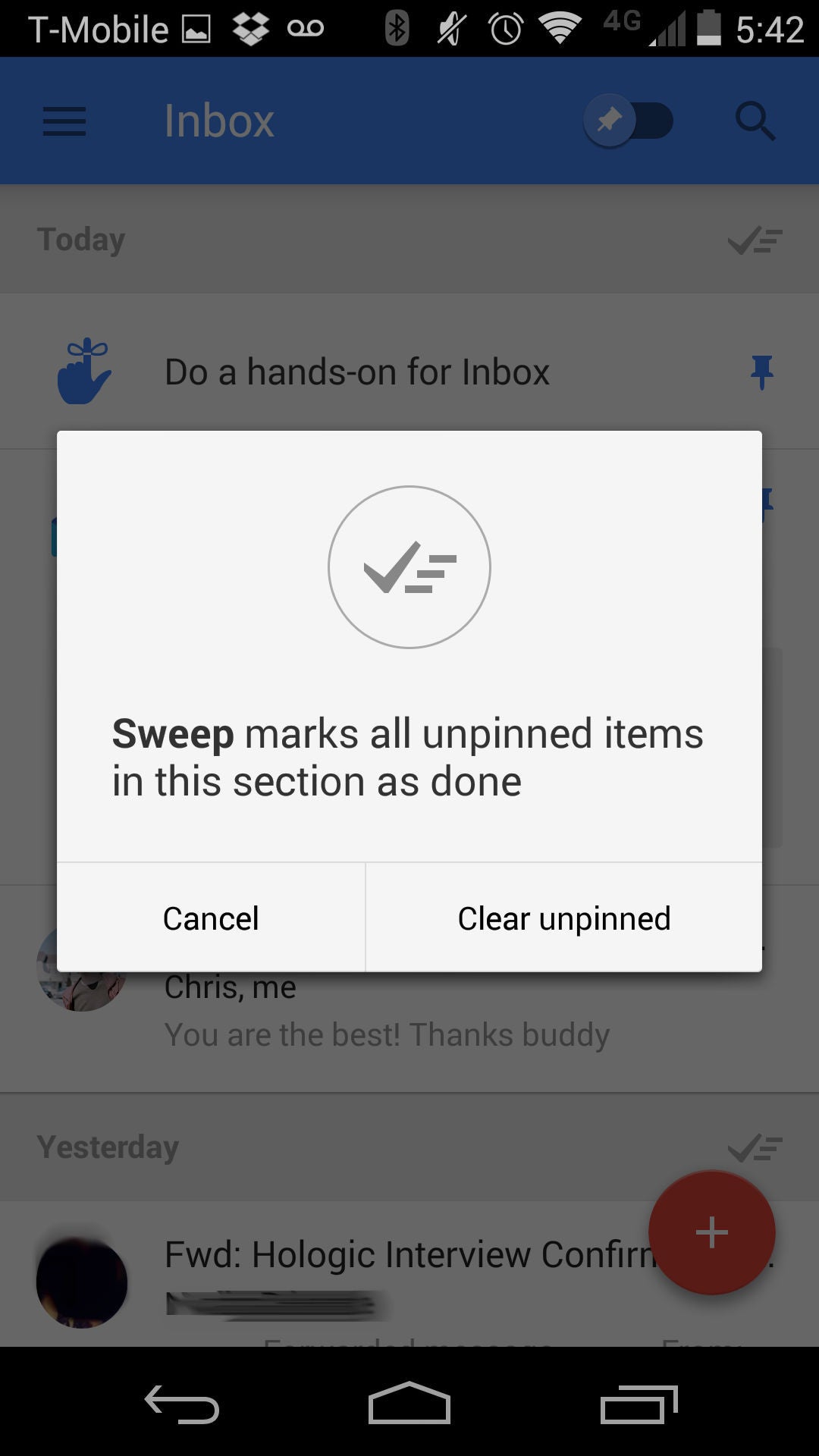
When you combine that with the power of Bundles, suddenly anyone can get to (or close to) "inbox zero" with little effort. Bundles, as mentioned in my hands-on, are the same as Gmail auto-label categories, but with expanded reach. In addition to the same categories you can have in Gmail - Social, Promotions, Updates, and Forums - Inbox adds in three very useful new ones - Travel, Purchases, and Finance. Between these seven categories, Google pretty much has you covered. Sure, you can make your own custom bundles if you want (and the tools there are impressive), but most will be able to get a lot of value from just those seven. This is also a huge help for disorganized users, because Google does the organization for you.
The last change is shifting the Star/Starred feature to being Pin. This is a bit more of a subtle change, but again an important one. The idea of "starring" something implies a certain level of importance, and more that it is something you may not want to forget. It's the same metaphor Chrome uses for bookmarks. You star something that you want to remember, and maybe get back to, but there isn't really any sense of urgency with it. On the other hand, "Pin" is brings that sense of urgency, that this is something you need to take action on. If you "put a pin" in something, that is a reminder you have to deal with it at some point.
Of course, there is also a bit of a functional change between starring and pinning. If you star something in Gmail, you can archive that message and still have it show in the "starred" folder. This is not the case with pins. If you pin something, it won't disappear when you "sweep" out your inbox; but, if you have something pinned and you hit that "done" button, it will disappear. If an item is important enough to pin, it is something you have to deal with, and something you don't want hidden away until it is truly "done".
Conclusion
Inbox isn't reimagining email; it is simply shifting how you deal with your email, or at the very least, how you see yourself dealing with your email. My usage in the switch between Gmail and Inbox is almost the same. I use the search feature a bit more often, but otherwise, I'm using it the same way I used to use Gmail. I'm not using the advanced new features, though I do see the value in them; but, even so, Inbox makes me feel like I'm being more productive, and getting more done. And, that's the real value of Inbox - whether or not you actually become more productive with it (and you certainly can, if you take advantage of all the features), it is simply more pleasurable to use than Gmail.
Everything in Inbox is designed to spur you to action, and therefore, it feels more rewarding when an action is complete. It feels good to use Inbox, because a "sweep" is more satisfying than selecting all and archiving or deleting; "Pinning" something imbues that message with a new importance; and, most of all, hitting that "done" button is far more satisfying than "archiving" a message. "Archiving" is a chore; "done" is a reward. These are subtleties of design that have often been lost on Google, but have been found with Inbox. I love it, and I definitely hope that these small changes can infect other design teams at Google.
Follow us on Google News



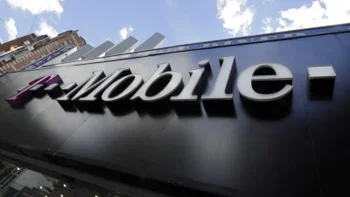
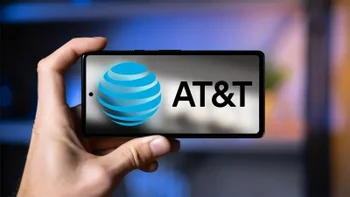
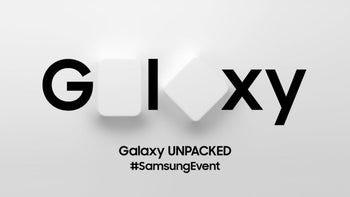
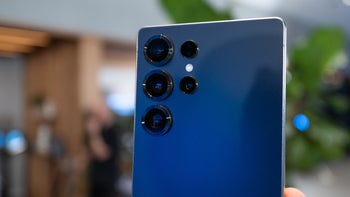
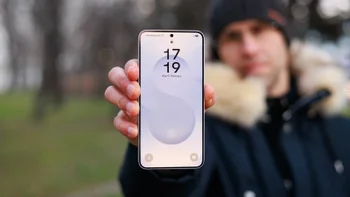
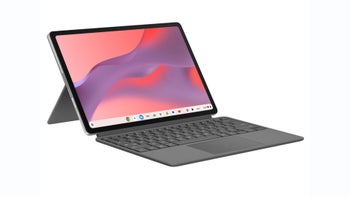
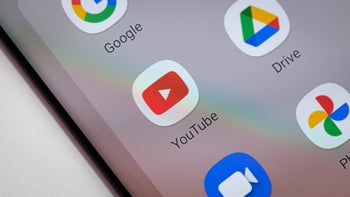


Things that are NOT allowed:
To help keep our community safe and free from spam, we apply temporary limits to newly created accounts: